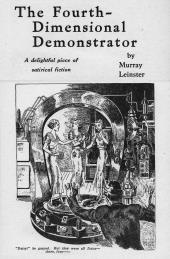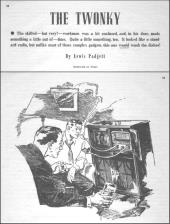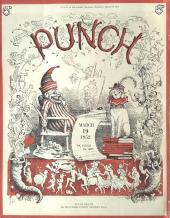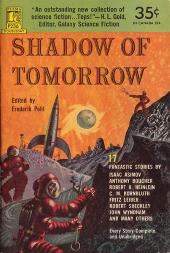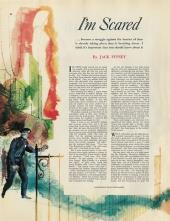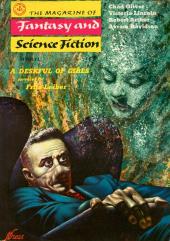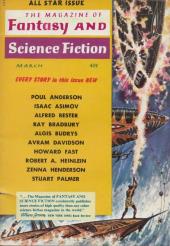Short Story
The Fourth-Dimensional Demonstrator
- by Murray Leinster
- Astounding, December 1935
Pete Davidson has inherited all the properties of an uncle who had been an authority on the fourth dimension, including the Fourth-Dimensional Demonstrator that can pull copies of matches, coins, dollar bills, fiancées, and kangaroos out of the past. —Michael Main
“These,” said Pete calmly, “are my fiancée.”

